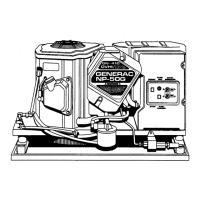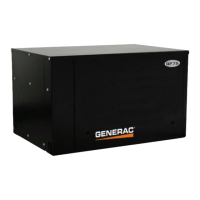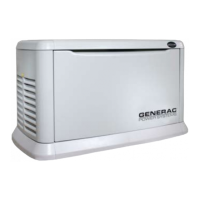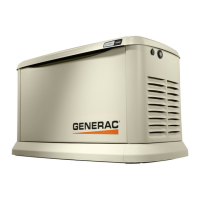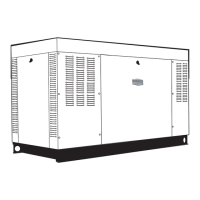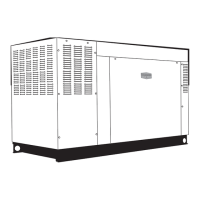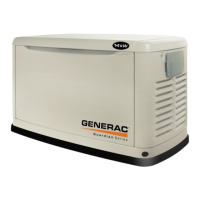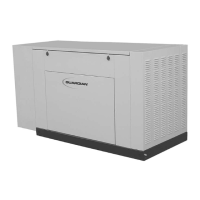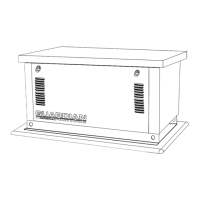10
7000EXL Extended Life Generator
How to Use the Battery Charger
Use battery float charger jack to keep the starting battery
charged and ready for use. Battery charging should be done
in a dry location, such as inside a garage.
1. Plug charger into unit’s “Battery Float Charger” jack,
which is located on starter switch (Figure 7). Plug
battery charger into a 120Volt AC wall receptacle.
2. Unplug charger from unit and wall outlet when
generator is being started and while it is in operation.
3. Keep this charger plugged in when generator is not in
use to prolong battery life.The charger has a built in
float equalizer and will not overcharge battery, even
when plugged in for an extended period of time.
IMPORTANT: See “Battery Maintenance” on page 13 for
additional information.
EXTENDA PANEL™
The generator is equipped with a 25’ Extenda Panel™
device designed for a 240 Volt, 30 Amp grounded neutral
circuit (Figure 8).The Extenda Panel™ provides a
convenient supply of emergency power into your dwelling
so that your generator can be operated safely outside.
The maximum load on each outlet is 20 Amps.The
maximum total load on both yellow wire outlets or black
wire outlets is 30 Amps.
NOTE: Follow all safety precautions when connecting any
extension cord or device to the generator.
RECEPTACLES
120/240 Volt AC, 30 Amp Locking
Receptacle
Use a NEMA L14-30 plug with this receptacle. Connect a
4-wire cord set rated for 250 Volt AC loads at 30 Amps (or
greater) (Figure 9).You can use the same 4-wire cord if you
plan to run a 120 Volt load.
Figure 7 — Battery Charger Jack
Figure 8 — Extenda Panel™
Figure 9 — 120/240 Volt AC, 30 Amp Receptacle
4-Wire Cord Set
240V
120V
120V
W (Neutral)
X (Hot)
Y (Hot)
NEMA L14-30
Ground (Green)
• NEVER attempt to power a device requiring more
amperage than generator or receptacle can supply.
• DO NOT overload the generator. See “Don’t Overload
Generator”.
Receptacles may be marked with rating value greater
than generator output capacity.
CAUTION
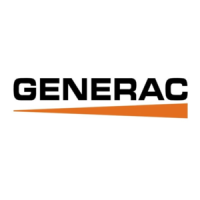
